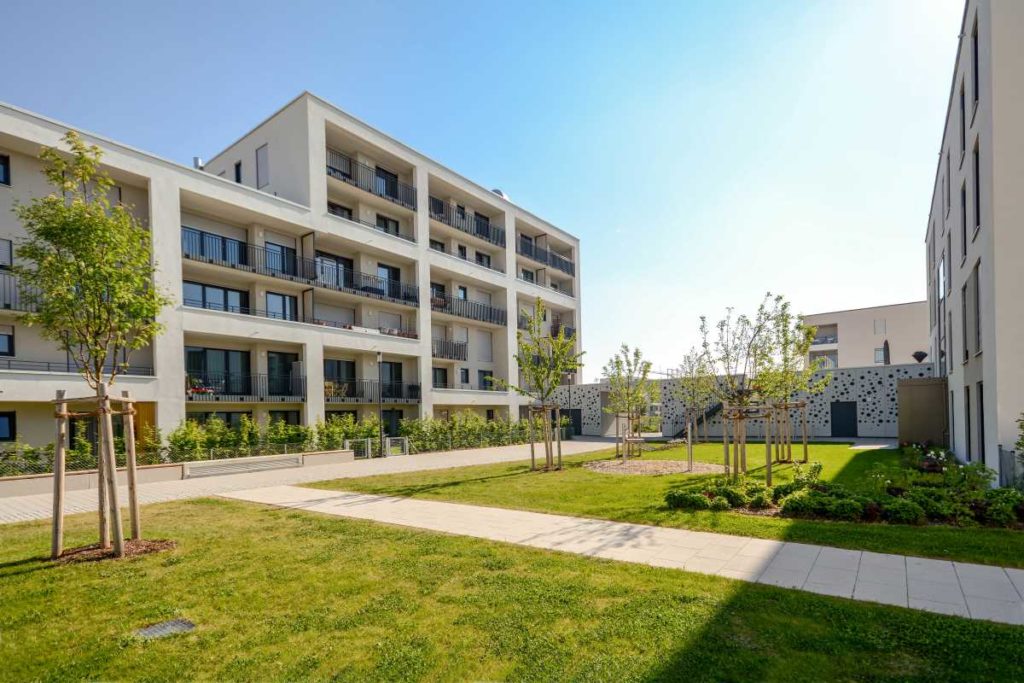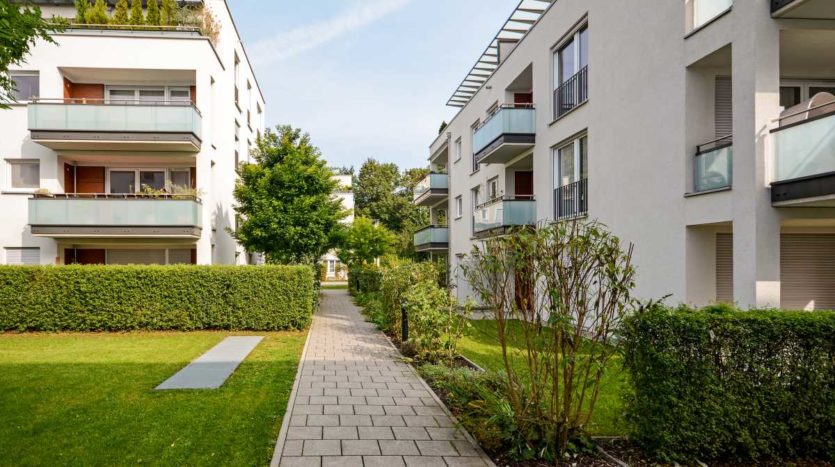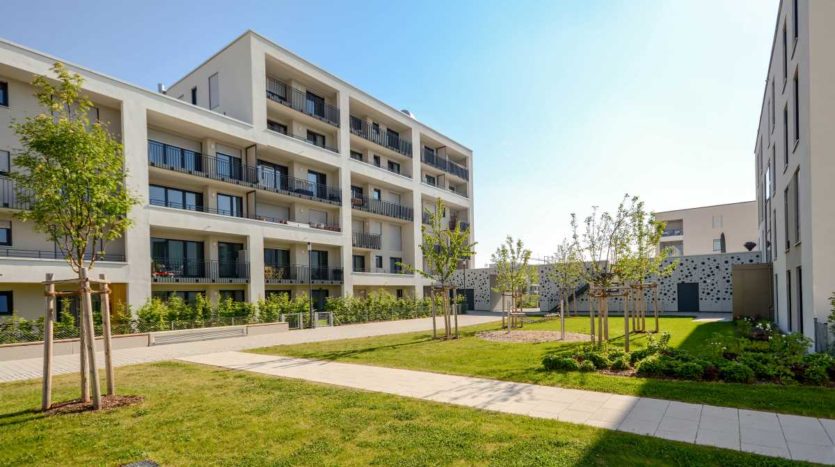Buying Co-Ownership: Points of Attention
If you’re thinking about purchasing a Co-Ownership, there are a few things to think about that may lead to disappointment or disillusionment. Whether you live in an apartment or a home, you will be closer to your neighbors and will be connected to them via the Co-Ownership’s unity. Here are the particular areas of focus you will need to examine in order to view things clearly and make the best decision.

#1 The overall condition of the Co-Ownership
First, a purchase inside a Co-Ownership has an impact on the overall state of the building(s), in addition to the condition of the property itself. So, starting with the initial visit, inquire about the roof’s condition, the boiler room’s condition, and the necessity to repair the facade as soon as possible.
Then, in co-owners , uniformity is often desired: is the joinery in issue as contemporary as that of the neighbors? Is it only the shutters or also the shutters? Is it possible to impose work? Will you be able to make modifications if, on the other hand, you are contemplating them?
Examine the entry hall, as well as the interior and outdoor common spaces in general; maybe the parts that worry you need renovation.
Do not be afraid to inquire about your prospective neighbors’ plans to replace the mailboxes. Is it time to replace the stair railing? Is it possible to install a videophone at the entrance? These are all elements that, depending on the Co-Ownership’s structure, may be decided by a secondary vote of the Co-Ownership’s only inhabitants rather than being addressed at public meetings.
#2 The (very) careful review of GA minutes
The next stage is to have general meetings, and the minutes of these sessions must answer a key question: what expenditures, current or unusual, may be anticipated inside the co-ownership? Be aware that the legislation mandates the transmission of the past three minutes when signing the sales agreement, which includes not only the choices but also the predictions from the previous three years. If you read them attentively, you will be aware of the costs that will be incurred as a result of your real estate acquisition.
They may start with structural components that need to be maintained, repaired, or modernized. Major procedures, such as facings, are documented in GA reports at least two years before they are carried out, and are often noted four to five years ahead of time. Other kinds of information must be decoded within these minutes if this is the primary issue that emerges, since it directly affects the purchase budget.
You’ll also discover useful information on how the co-ownership works. External suppliers, in particular, who may profit from multi-year contracts but whose services may prove to be more costly than usual. Request confirmation from the union council that the lowering of these costs is being examined.
You’ll also be able to learn about the status of the co-Ownership’s finances: are any of the owners in default? Is the trustee properly monitoring the collection? A co-ownership with too many outstanding bills is vulnerable, and purchasing a home there is not recommended. Especially because these issues may arise as a consequence of excessive charges, the amount of which is an important factor to consider when calculating your monthly mortgage repayment budget.
#3 The immediate environment
Then, even though attention is constantly given to this place, it is important to enjoy and evaluate the Co-Ownership’s immediate surroundings in full awareness. There are two factors to consider: will you feel at ease in the building, its surroundings, and the surrounding neighborhoods? Will you be able to locate all you require?
This is a common attitude regarding co-ownership for the first point. If it is properly kept and offers you trust in its durability and safety, this is an excellent factor to consider, as it will encourage you to investigate the accommodation further. Examine the stated house as well as its exterior: is it properly exposed? Isn’t the potential situation humiliating? Is the floor on which this apartment is situated suitable for you?
Then, if you live somewhere, it implies it fulfills your requirements. The presence of green areas would be helpful if you like plants or have a pet. Whether you have children, check if there is a park nearby that has a play area. Check that you can park one or more cars simply and securely if you have more than one. Co-ownership allows you to provide more services because of the collective’s enhanced resources; don’t miss out on them.
#4 The atmosphere of the Co-Ownership

It seems that it is critical to emphasize that living in a Co-Ownership entails living together. The accommodations, of course, remain private, but the co-owners and renters often meet paths, either to have their dogs cohabit or to share their musical skills or the screams of their children with a large number of neighbors.
To buy a home in co-ownership, you must tolerate neighbors you don’t want and learn the tolerance that comes with living in communal housing. Investigate the problem with the existing owners right once to see if there are any obnoxious or rude neighbors. Sellers will not want to inform you about the drawbacks of their living in the condo, so educate yourself!
Neighbors, on the other hand, may get along swimmingly and arrange regular group dinners or assist each other according to their abilities. Instead, if you’re a social person, search for a group like this.
Each Co-Ownership is different, and your study should take into consideration factors that aren’t always related to the basic well-being of a house. Ensure that the union council and the Co-Ownership manager are both present and participating in collective management. A high level of laxity may have unfavorable effects, such as the buildup of job demands, which can eventually lead to a costly and unexpected emergency. A poor decision may rapidly become overwhelming, so keep all of the things in mind!



